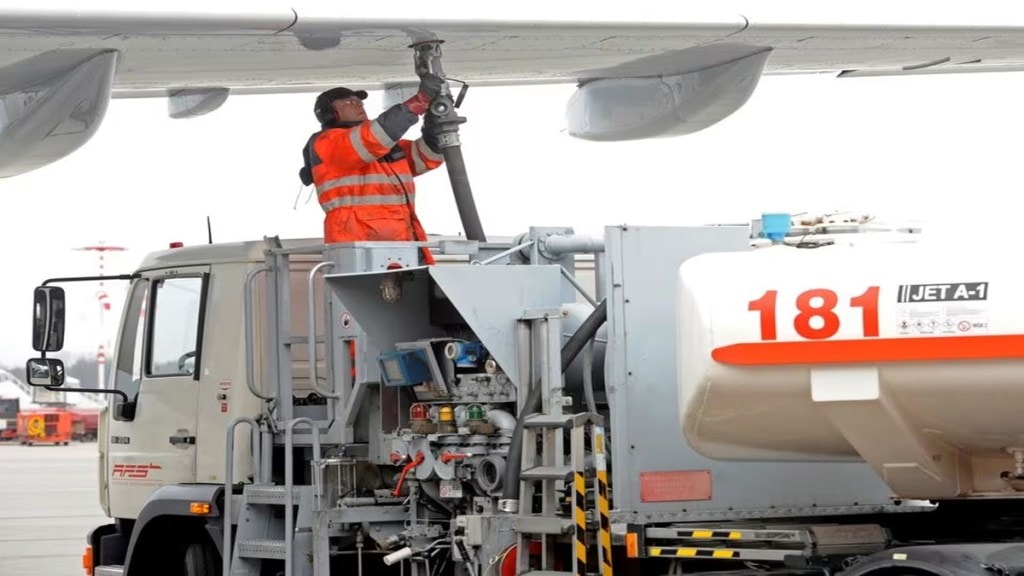The global aviation industry is banking on a significant increase in sustainable aviation fuel (SAF) production in the next 30 years to reach its “net zero” carbon emissions target by 2050. However, many airlines are expressing dissatisfaction with the limited supply of SAF on the market and also its exorbitant cost, which is approximately three to five times higher than traditional jet fuel. Additionally, concerns arise about sustaining supplies as demand continues to grow.
What exactly is SAF? Why is it needed?
Sustainable Aviation Fuel (SAF) is a liquid fuel blendable with conventional jet fuel without requiring modifications to existing planes or engines. It has the potential to reduce carbon emissions by up to 80%! Its chemical composition closely resembles that of normal jet fuel, making it compatible with engines designed for traditional fuel.
Currently constituting only about 0.1% of the fuel in use, many airlines aspire to reach 10% SAF usage by 2030, reported Reuters. The industry’s overarching goal of achieving net zero emissions by 2050 relies heavily on SAF accounting for 65% of fuel.
How is Sustainable Aviation Fuel produced? What are the current state and challenges?
SAF can be produced from various sources, including oils and fats, green and municipal waste, and non-food crops. However, challenges related to feedstock sustainability, particularly with palm oil, raise concerns about deforestation and traceability issues. The industry is exploring new, more sustainable feedstocks to meet future demand.
Companies Embrace SAF with Bulk Purchases
Amid the hurdles, an increasing number of companies are making bulk purchases of SAF from various sources, including producers, airlines, and corporate travel agencies. This move aligns with environmental targets and aims to stimulate mass production of cleaner fuels, signaling a shift towards a more sustainable aviation industry.
Future Options for SAF Production: Power-to-Liquids and Hydrogen
To meet increasing SAF demand sustainably, companies are exploring options such as power-to-liquids, converting renewable electricity, hydrogen, and carbon into synthetic fuels, Reuters reported. While offering long-term potential, these alternatives, including hydrogen, are currently more expensive than traditional jet fuel, presenting both challenges and opportunities for the aviation industry’s green transition.
Airlines like Virgin Atlantic are actively raising awareness about the SAF challenge. Notably, Virgin Atlantic conducted a 100% SAF-powered flight from London’s Heathrow airport to New York, emphasizing the critical role of SAF in reducing carbon emissions.

